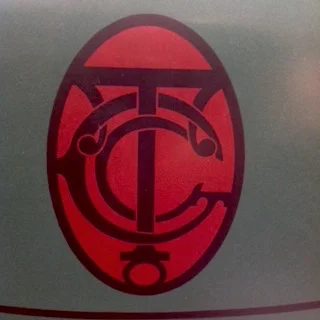What Happened to the Corian® Chairs at Grand Central Terminal?
"What happened to the big, heavy red armchairs that used to be in the food court in Grand Central Terminal? I thought they were cool."
This was a reader question submitted to the F.Y.I. column in the New York Times' Metropolitan section. As the fabricator of this iconic project, we were curious to hear the answer to that question too.
Shortly after it's renovation in 1998, 20 chairs and 4 love seats fabricated in our shop using thermoformed sheets of Corian® were installed in the Grand Central lower level dining concourse. The design, by David Rockwell, mimicked the plush, luxury wing- back chairs found on the 20th century Pullman coaches serving the terminal. The purpose was to attract visitors to try them out and also hopefully stop for lunch in the new food court area.
“The chairs were an immediate hit, with people sitting, standing next to them, kids climbing all over them and everyone posing for pictures. However, they became something of a victim of their own success. Not only were the chairs vastly popular, but so too was Grand Central and the dining concourse as well, with more than 10,000 people showing up every day for lunch as well as the 750,000 other people coursing through the terminal. These ‘fun photo’ chairs suddenly became a serious encumbrance - huge and bulky, and seating only one single person, and forever populated with throngs of selfie-takers. They had to go.”
The chairs were removed from the dining concourse in 2011 to ease congestion. They are now located in Grand Central's employee quarters and lounges.
In the article, Mr. Brucker also shared an interesting tidbit regarding the inlayed design on the back of the chairs. "When the chairs left, they took with them a century-old secret reference to Cornelius Vanderbilt, the tycoon who owned the New York Central Railroad and who built the original Grand Central depot on 42nd Street in 1871.
On the seat backs were huge replicas of the interconnected GCT letters, forming a trademark of the terminal. The symbol was produced so exactly that the "T" was correctly formed with sharp hook-like ends to the top cross members of the "T", and with the bottom of the "T" boasting a large round eyelet.
When turned upside-down, the "T" formed an anchor, a symbol of Commodore Vanderbilt's origins. He amassed his first fortune in the shipping business before turning to railroads. These symbols still exist in the terminal, carved in marble and formed in elaborate iron works, but they're much more difficult to see than those chairs, and a lot less comfortable to sit on."
More information regarding the Corian® chair project HERE


